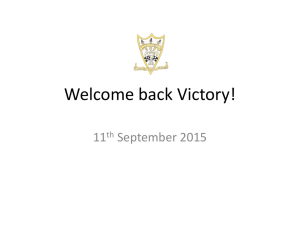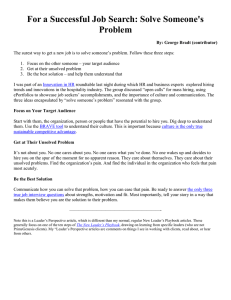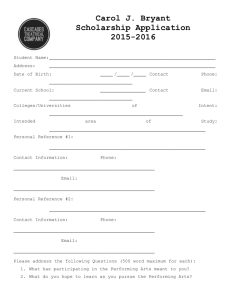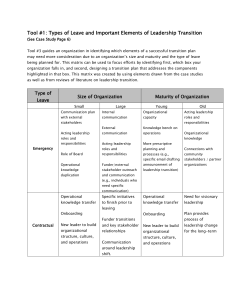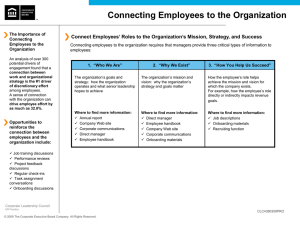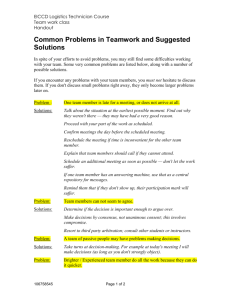Three Steps to a Compelling Message
advertisement
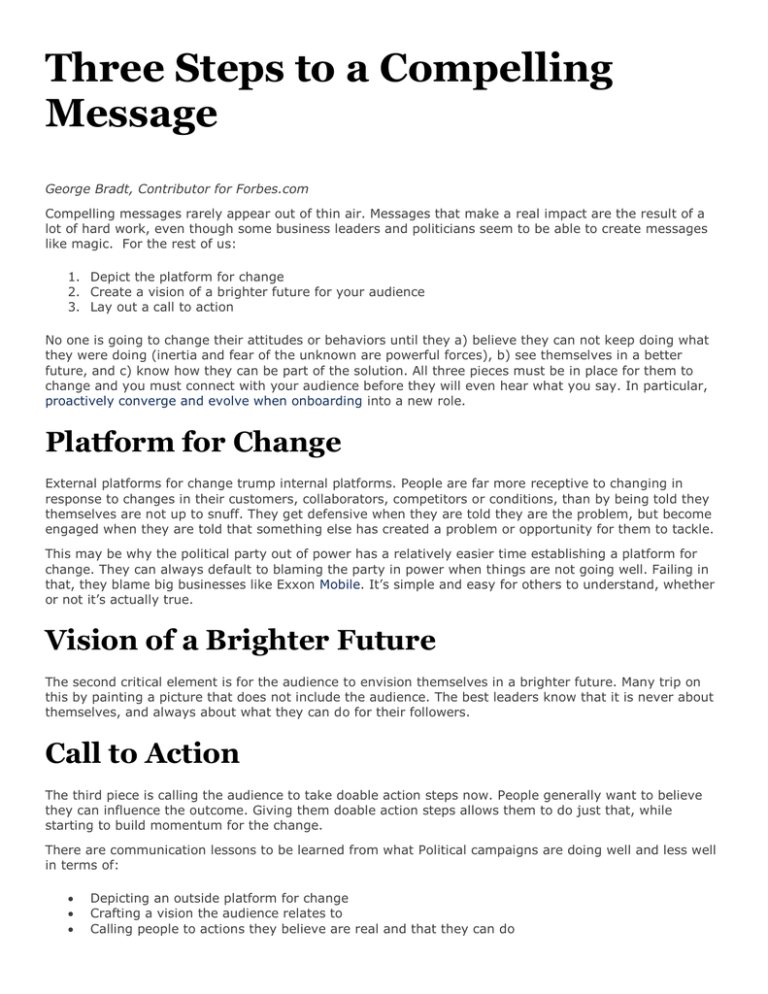
Three Steps to a Compelling Message George Bradt, Contributor for Forbes.com Compelling messages rarely appear out of thin air. Messages that make a real impact are the result of a lot of hard work, even though some business leaders and politicians seem to be able to create messages like magic. For the rest of us: 1. Depict the platform for change 2. Create a vision of a brighter future for your audience 3. Lay out a call to action No one is going to change their attitudes or behaviors until they a) believe they can not keep doing what they were doing (inertia and fear of the unknown are powerful forces), b) see themselves in a better future, and c) know how they can be part of the solution. All three pieces must be in place for them to change and you must connect with your audience before they will even hear what you say. In particular, proactively converge and evolve when onboarding into a new role. Platform for Change External platforms for change trump internal platforms. People are far more receptive to changing in response to changes in their customers, collaborators, competitors or conditions, than by being told they themselves are not up to snuff. They get defensive when they are told they are the problem, but become engaged when they are told that something else has created a problem or opportunity for them to tackle. This may be why the political party out of power has a relatively easier time establishing a platform for change. They can always default to blaming the party in power when things are not going well. Failing in that, they blame big businesses like Exxon Mobile. It’s simple and easy for others to understand, whether or not it’s actually true. Vision of a Brighter Future The second critical element is for the audience to envision themselves in a brighter future. Many trip on this by painting a picture that does not include the audience. The best leaders know that it is never about themselves, and always about what they can do for their followers. Call to Action The third piece is calling the audience to take doable action steps now. People generally want to believe they can influence the outcome. Giving them doable action steps allows them to do just that, while starting to build momentum for the change. There are communication lessons to be learned from what Political campaigns are doing well and less well in terms of: Depicting an outside platform for change Crafting a vision the audience relates to Calling people to actions they believe are real and that they can do This is a good example of step 5 of The New Leader’s Playbook: Drive Action by Activating and Directing an Ongoing Communication Network (Including Social Media) Everything communicates. You can either make choices in advance about what and how you’re going to communicate or react to what others do. It is important to discover your own message and be clear on your platform for change, vision, and call to action before you start trying to inspire others. It will evolve as you learn, but you can’t lead unless you have a starting point to help focus those learning plans. Identify your target audiences. Craft and leverage your core message and master narrative. Monitor and adjust as appropriate on an ongoing basis. ————————————————————The New Leader’s Playbook includes the 10 steps that executive onboarding group PrimeGenesis uses to help new leaders and their teams get done in 100-days what would normally take six to twelve months. George Bradt is PrimeGenesis’ managing director, and co-author of The New Leader’s 100-Day Action Plan (Wiley, 3rd edition 2011) and the iPad app New Leader Smart Tools. Follow him at @georgebradt or on YouTube.
